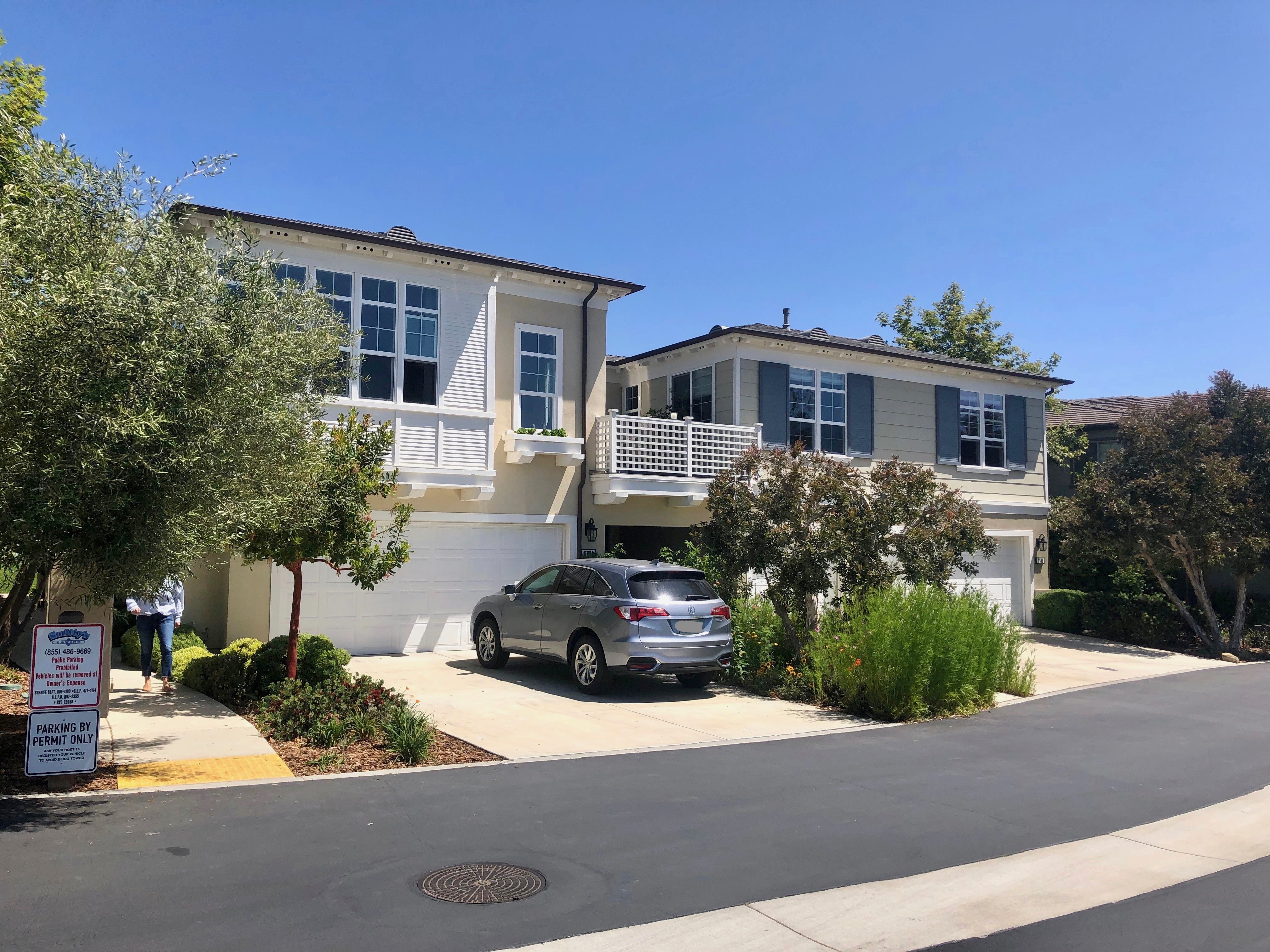Affordable Housing and How to Get There Faster
Universal Inclusionary Housing Could Be Applied to All Housing

How can we increase the amount of affordable housing rapidly? New construction adds affordable housing very slowly and with inadequate amounts. However, options do exist that would dramatically increase the available affordable housing fast.
One such frequently proposed option is through the use of rent control and rent-stabilization measures. For each of these measures, landlords are not able to raise apartment rents while the same tenant is in place, except, in the case of rent stabilization, where they can cover changes in the cost of living. Once a tenant leaves the apartment and the lease is ended, the landlord can raise the rents back to market rates. Thus, if the market rate for new housing rises, as long as they stay in place, renters do not see their rents rise accordingly. Advocates justify rent control because upward spiraling rents can reduce housing opportunities for economically compromised tenants.
The problem with both rent control and rent-stabilization measures is that while they keep rents lower in affected apartments, it is not targeted to those who need the benefit. Renters, who may be able to pay the market rates, benefit not because their income is low, but because they have occupied the same apartment for a long period. To the extent that the young and poor tend to move around more, they will be exposed to rising market-rate rents. The biggest beneficiaries of the rent controls will be those who do not change apartments.
An improvement to rent controls is where the subsidized housing is targeted to those who need it. An inclusionary housing requirement is such a measure. It requires landlords to set aside a small number of their apartments as affordable housing. It then matches eligible tenants to these dedicated affordable units.
While cities already use inclusionary housing requirements for new housing units, to expand the pool of affected housing, the requirement could also be imposed for existing properties when there is a sale of property and a change in ownership. This proposal may then operate as a kind of transaction tax, in which a building owner might choose either to establish affordable housing on site or to pay an in lieu fee, for which the amount of the levy is based on the inclusionary housing values. Imposing inclusionary housing on buildings only upon a sale of the building puts any potential buyer on notice of this obligation (just as a homebuyer knows his or her property taxes will be a lot higher than the sellers’).
The problem is that these ways create new affordable housing units very slowly, as apartment complexes turn over or as new housing units gradually comes online. Most of the existing housing stock is not affected. To produce affordable housing more rapidly, an inclusionary housing requirement could be imposed on all existing buildings with rental units.
One design is to rely on the state’s taxing authority. Buildings with below 10 percent affordable housing (for example) would be charged an annual fee. The fee paid would depend on the numbers of units short of the 10 percent target. The 10 percent requirement on apartment buildings would be phased in across multiple years. Residents who qualify for affordable housing could benefit right away, and the county or others would verify applicants’ income levels.
One could argue that it is only fair that the inclusionary housing requirement is met by all residential buildings, not just the unlucky new ones coming on market after 2017. It ensures that some rentals units do not have a competitive advantage in being able to offer lower rents because they could avoid an inclusionary housing requirement.
Opponents might argue that it is a retroactive law, imposing conditions or standards on buildings after they have obtained all required entitlements. This argument presupposes that converting a unit to inclusionary is conceptually different from regulating the rents that may be charged for a unit. In other words, cities routinely impose conditions on properties after the initial project approvals.
There are challenges, however. Rent control is not a violation of state or federal law because every rent control scheme must provide that the owner receives a “fair return,” by way of a rent adjustment mechanism that assures the owner is operating in the black. So, similarly for an inclusionary housing requirement, just as a city can constitutionally impose residential rent control on all rental properties in the city, it can require that some of a buildings’ units be dedicated to affordable housing, as long as it also ensures the building owner a fair return.
To ensure that the owner receives a “fair return” the state can provide an affordable housing tax deduction for eligible building owners. It would apply for those housing developments where the added cost of the inclusionary housing makes the ownership and management of a unit unprofitable. Such an offset would be especially important as rental units recover from the financial impacts of COVID-19.
Finally, developers may seek to create units that are affordable by design, and rentable at market rates as a way to satisfy an inclusionary housing requirement. An affordable housing conversion tax deduction or credit could help building owners to subdivide their multifamily apartments buildings into multiple additional units, converting two- or three-bedroom units into single units and studios, as well as micro units and co-living designs. This addition would be a way to enable building owners to comply with a comprehensive inclusionary housing law requirement by adding new housing stock.
Stuart Kasdin is a member of the Goleta City Council and teaches Political Science at Santa Barbara City College. This article is part 4 of an ongoing series on ways to achieve affordable housing.



